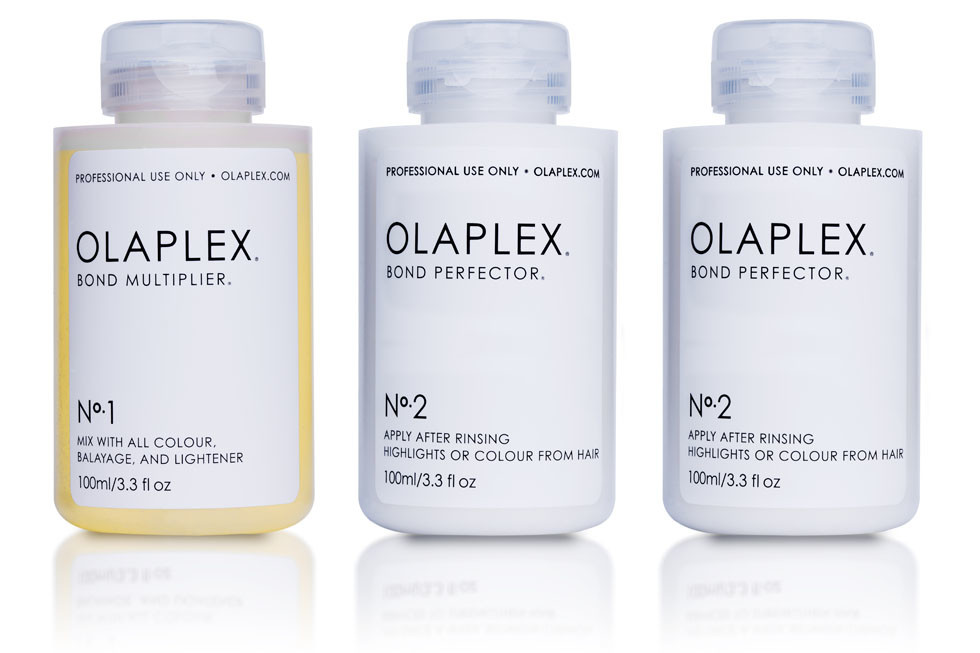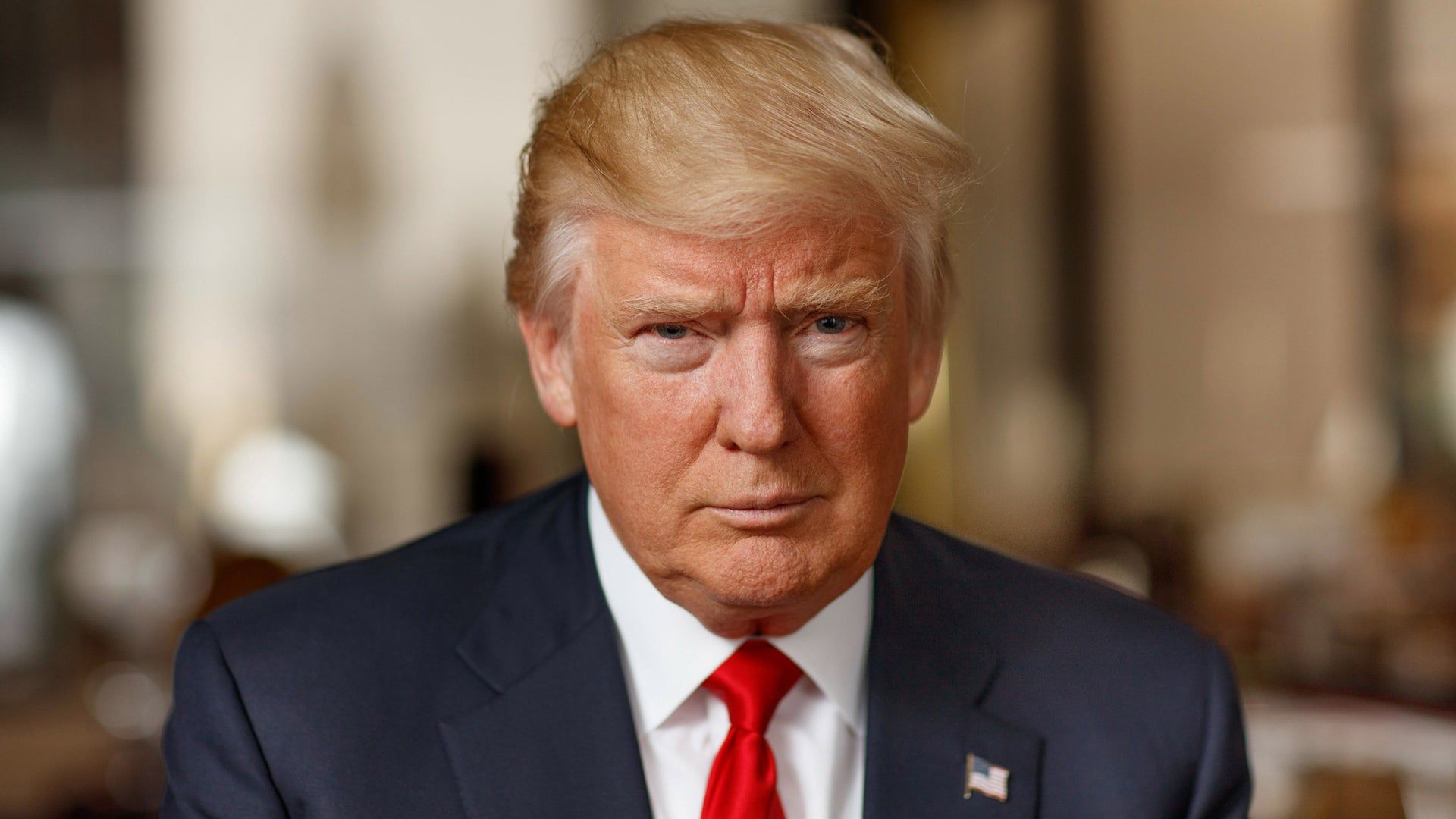
Donald John Trump, an individual whose career has spanned the realms of real estate, media, and the highest echelons of American politics, stands as a uniquely impactful figure in contemporary history. Born on June 14, 1946, in Queens, New York City, Trump’s journey from a wealthy family background to the 47th President of the United States, having previously served as the 45th President from 2017 to 2021, reflects a path marked by ambitious ventures, public spectacles, and profound shifts in political discourse.
From an early age, Trump was exposed to significant wealth, becoming a millionaire in inflation-adjusted dollars by the age of eight, largely through the annual payments of approximately $20,000 from his father, Fred Trump. His early life was shaped by two significant mentors: his father, who consistently told him he was “a king” and to be “a killer” and not to back down, and Norman Vincent Peale, the family’s pastor, whose teachings on self-confidence as a driver for prosperity resonated deeply. After attending the private Kew-Forest School through seventh grade, his father enrolled him in the New York Military Academy to complete secondary school, recognizing his difficult nature and early interest in business.
Despite considering a career in show business, Trump enrolled at Fordham University in 1964. Two years later, he transferred to the Wharton School of the University of Pennsylvania, from which he graduated in May 1968 with a Bachelor of Science in economics. His path to business was further facilitated by an exemption from the Vietnam War draft, attributed to a claim of bone spurs in his heels, allowing him to embark on a career that would redefine urban landscapes and public perception.

Trump’s business career commenced in 1968 within his father’s real estate company, Trump Management, which primarily managed racially segregated middle-class rental housing in New York City’s outer boroughs. By 1971, he assumed the presidency of the company, rebranding it as the Trump Organization. This period was also notable for his association with Roy Cohn, who served as his fixer, lawyer, and mentor for 13 years, assisting him in various legal battles, including a $100 million countersuit against the U.S. government in 1973 over charges of racially discriminatory practices within his properties.
Though his counterclaims were dismissed and the government’s case settled with a consent decree requiring desegregation, the Trumps faced contempt charges four years later for non-compliance. This early experience underscored a significant aspect of Trump’s business approach: a notable propensity for litigation, regardless of outcome or cost. Over three decades, leading up to 2018, he and his businesses were involved in over 4,000 lawsuits, liens, and other filings, often initiated by employees, contractors, and even his own attorneys due to nonpayment.
Trump’s ventures into Manhattan’s real estate market began to capture public attention in 1978 with the renovation of the dilapidated Commodore Hotel. This project, which reopened as the Grand Hyatt Hotel in 1980, benefited from a substantial $400 million city property tax abatement arranged by his father, who also, alongside Hyatt, guaranteed a $70 million construction loan. The same year, Trump secured rights to develop Trump Tower, a mixed-use skyscraper in Midtown Manhattan, which would eventually house the Trump Corporation’s headquarters, his PAC, and serve as his primary residence until 2019.
His real estate acquisitions continued with the Plaza Hotel in 1988, financed by a consortium of 16 banks. However, the hotel filed for bankruptcy protection in 1992. By 1995, Trump had defaulted on over $3 billion in bank loans, leading to a “vast and humiliating restructuring” where lenders seized the Plaza Hotel and most of his other properties, allowing him to avoid personal bankruptcy. A lead bank’s attorney at the time famously remarked that the banks “all agreed that he’d be better alive than dead.”
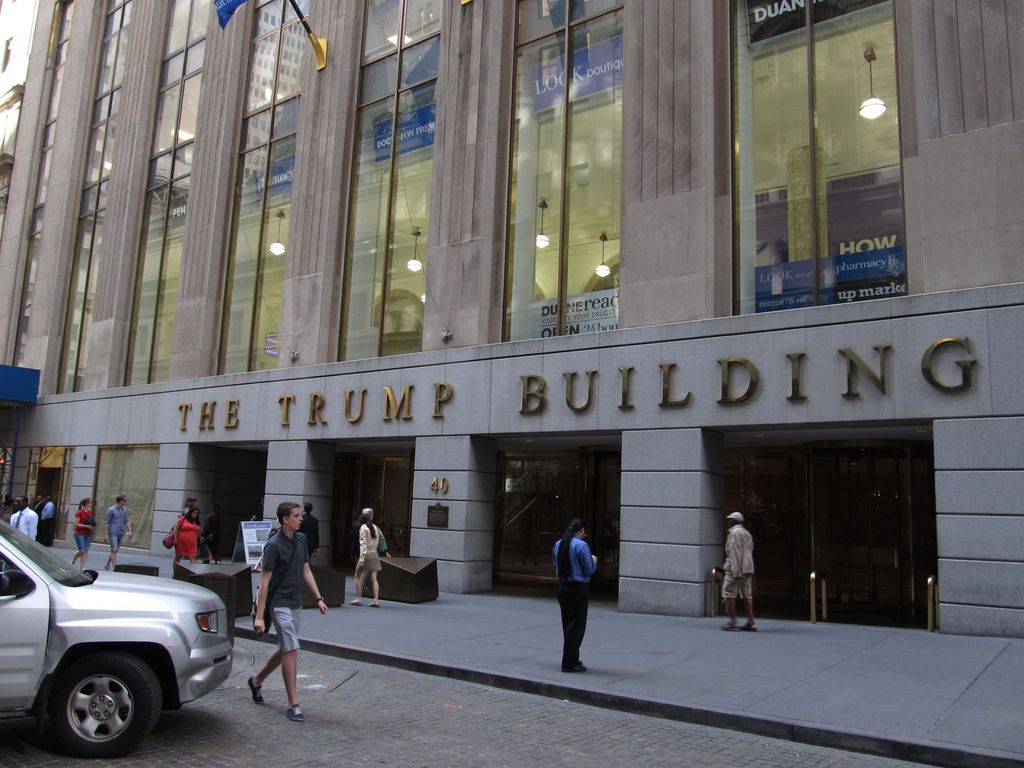
Other notable real estate endeavors included the acquisition and renovation of the 71-story skyscraper at 40 Wall Street, rebranded as the Trump Building, in 1996. He also secured rights to develop a 70-acre tract in Lincoln Square near the Hudson River. In 1994, burdened by debt from other ventures, he sold most of his interest in this project, Riverside South, to Asian investors who financed its completion. His last major construction project, the 92-story mixed-use Trump International Hotel and Tower in Chicago, opened in 2008, though it later became the subject of an IRS investigation concerning alleged write-offs for construction cost overruns.
Beyond Manhattan, Trump made significant forays into the Atlantic City casino market. In 1984, he opened Harrah’s at Trump Plaza, followed by Trump Castle in 1985. Both casinos filed for Chapter 11 bankruptcy protection in 1992. His most ambitious casino venture, the Trump Taj Mahal, purchased in 1988 and opened in 1990, was financed with $675 million in junk bonds and cost $1.1 billion. It too filed for Chapter 11 bankruptcy protection in 1991, leading to Trump ceding half his initial stake and personally guaranteeing future performance to secure a restructuring agreement.
To manage his substantial personal debt, which reached $900 million, Trump divested various assets, including the Trump Shuttle airline and his megayacht, the Trump Princess. In 1995, he established Trump Hotels & Casino Resorts (THCR), which took ownership of his casinos. This entity also faced bankruptcies in 2004 and 2009, ultimately reducing his ownership to 10 percent, though he remained chairman until 2009. His real estate portfolio also expanded to include the Mar-a-Lago estate in Palm Beach, Florida, acquired in 1985 and converted into a private club, which he declared his primary residence in 2019. By 2016, he owned 17 golf courses, having begun building and acquiring them in 1999.
A significant aspect of Trump’s business model involved licensing his name. The Trump Organization frequently licensed the “Trump” brand for a diverse array of consumer products and services, ranging from foodstuffs and apparel to learning courses and home furnishings. Over 50 licensing or management deals, generating at least $59 million for his companies, involved the use of his name. However, by 2018, only two consumer goods companies continued to license his name, reflecting a shift in strategy or market appeal.

His entrepreneurial spirit extended to various side ventures. In the 1970s, he invested as a co-producer in a Broadway comedy. In sports, he purchased the New Jersey Generals in the United States Football League in 1983. The league folded after the 1985 season, largely due to his attempts to shift to a fall schedule and force a merger with the NFL. Trump and his Plaza Hotel also hosted several boxing matches, and from 1989 to 1990, he lent his name to the Tour de Trump cycling stage race, aiming to create an American equivalent to European classics.
During the 1980s, Trump engaged in stock transactions, acquiring significant blocks of shares in public companies and then selling them for profit after suggesting takeover intentions. This practice led some observers to suspect “greenmail,” though The New York Times reported that he eventually “lost most, if not all, of those gains after investors stopped taking his takeover talk seriously.” In 1988, he purchased the Eastern Air Lines Shuttle, renaming it Trump Shuttle. Financed by $380 million in loans, he defaulted on these loans in 1991, leading to ownership transferring to the banks.
His media ventures broadened further with the purchase of the Miss Universe pageants (including Miss USA and Miss Teen USA) in 1996. After disputes with CBS, he moved the pageants to NBC in 2002. His work as a producer for Miss Universe earned him a star on the Hollywood Walk of Fame in 2007. However, in June 2015, NBC and Univision severed ties with the pageants in response to his comments regarding Mexican immigrants, marking a pivotal moment in his public image.
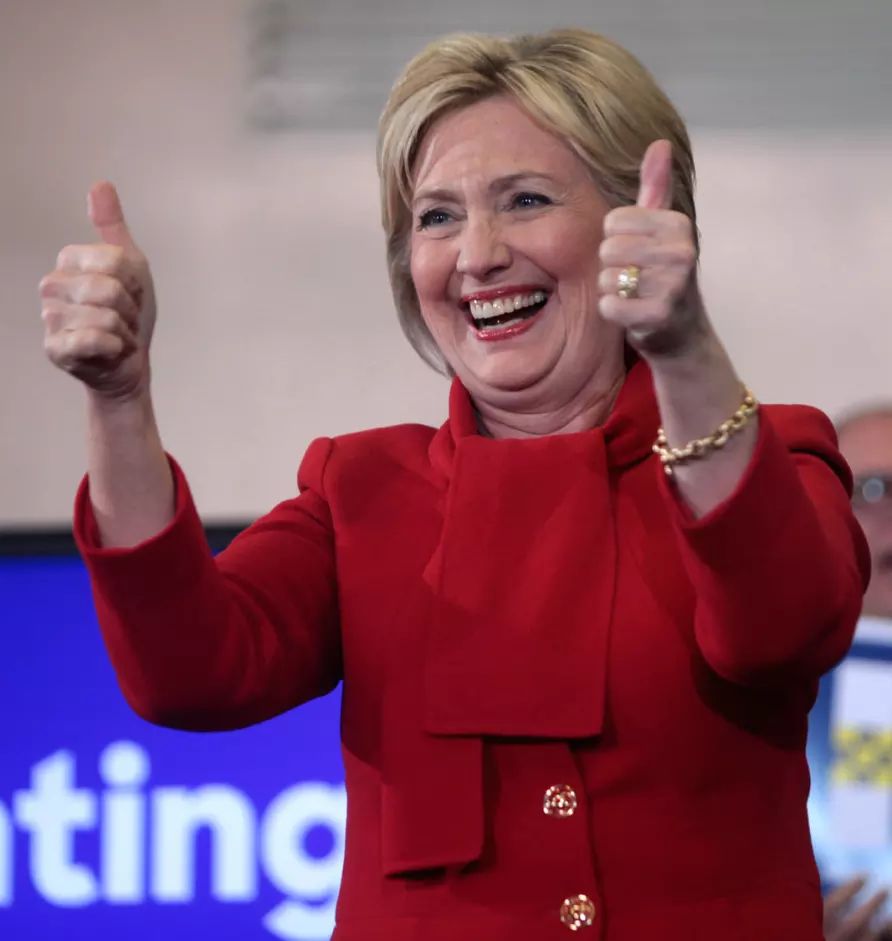
A notable side venture was Trump University, co-founded in 2005, which offered real estate seminars costing up to $35,000. New York State authorities flagged its use of “university” as a violation of state law, leading to its renaming as the Trump Entrepreneur Initiative in 2010. Legal challenges mounted, including a $40 million civil suit from New York State alleging fraud and false statements, and two federal class-action lawsuits. Internal documents and former employee testimonies revealed instructions for a hard-sell approach and allegations of defrauding students. Shortly after winning the 2016 presidential election, Trump agreed to a $25 million settlement for the three cases.
His philanthropic endeavor, the Donald J. Trump Foundation, established in 1988, also faced significant scrutiny. While Trump contributed $5.4 million to the foundation between 1987 and 2006, he ceased personal donations after 2008, with the charity subsequently receiving millions from other donors, including $5 million from Vince McMahon. Reports from The Washington Post in 2016 highlighted potential legal and ethical violations, including self-dealing and tax evasion. The New York attorney general ordered the foundation to cease fundraising in New York due to violations of state law. In December 2018, the foundation dissolved, disbursing its assets. A New York state judge ultimately ordered Trump to pay $2 million to charities in November 2019 for misusing the foundation’s funds, partly to finance his presidential campaign.
Despite never filing for personal bankruptcy, Trump’s over-leveraged hotel and casino businesses filed for Chapter 11 bankruptcy protection six times between 1991 and 2009. These corporate bankruptcies led to debt restructuring by banks and reductions in his shares in the properties. While he claimed to have started his career with “a small loan of a million dollars” from his father that he repaid with interest, records indicate he borrowed at least $60 million from his father, largely did not repay these loans, and received an additional $413 million (in 2018 adjusted dollars) from his father’s company.
Trump’s self-reported net worth fluctuated dramatically, from minus $900 million in 1990 to $10 billion in 2015. Forbes estimated his net worth at $4.5 billion in 2015 and $5.1 billion in 2025, ranking him the 700th wealthiest person globally. His public image and perceived wealth were significantly bolstered by his media career, particularly his role as host of the reality television show *The Apprentice* from 2004 to 2015, which included the variant *The Celebrity Apprentice*. Producer Mark Burnett transformed Trump into a television star, portraying him as a “superrich chief executive” who famously eliminated contestants with the catchphrase “you’re fired.”
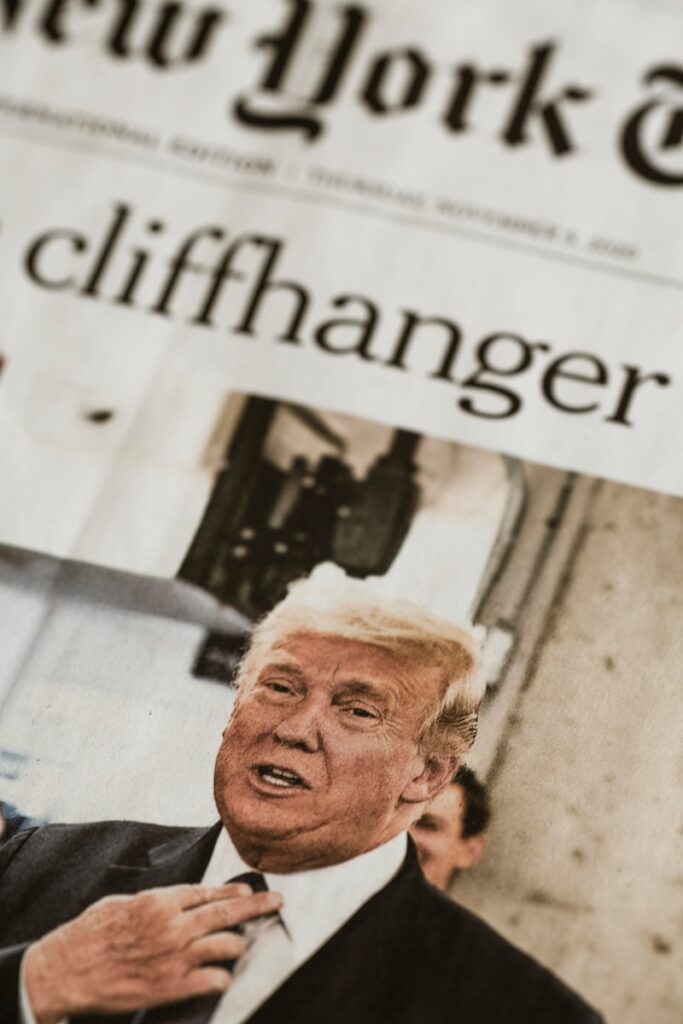
*The New York Times* described this portrayal as “a highly flattering, highly fictionalized version” of himself, yet it successfully remade his image for millions of viewers across the nation. These shows, coupled with related licensing agreements, reportedly earned him over $400 million, solidifying his fame as a billionaire and positioning him for a future political role that few anticipated.
Trump’s political aspirations began to surface well before his presidential campaign. His party affiliation shifted several times: he registered as a Republican in 1987, became a member of the Independence Party in 1999, a Democrat in 2001, a Republican again in 2009, unaffiliated in 2011, and finally reverted to Republican in 2012. In 1987, he placed full-page advertisements in major newspapers to express his views on foreign policy and strategies to eliminate the federal budget deficit.
In 1988, he approached Lee Atwater to be considered as Republican nominee George H.W. Bush’s running mate, a request Bush found “strange and unbelievable.” He briefly participated in the 2000 Reform Party presidential primaries for three months before withdrawing in February 2000. In 2011, Trump contemplated challenging President Barack Obama in the 2012 election, speaking at the Conservative Political Action Conference and giving speeches in early primary states, though he announced in May 2011 that he would not run.
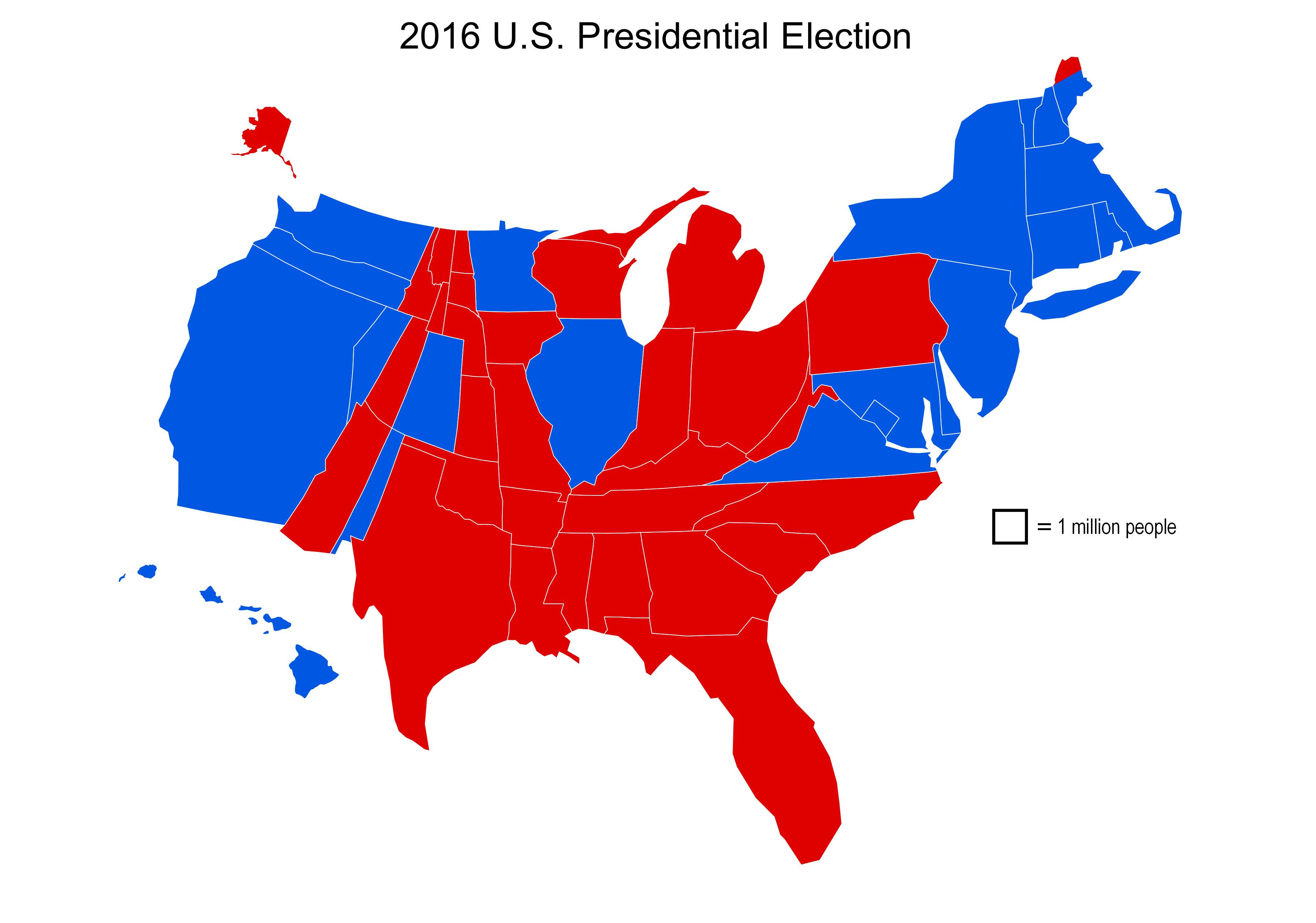
The 2016 presidential election marked a watershed moment in American politics. Trump announced his candidacy in June 2015, campaigning as a wealthy, successful businessman and a political outsider. His campaign frequently claimed media bias against him, and his statements were often described as opaque and suggestive, with a record number also characterized as false. He emerged as the Republican front-runner in March 2016, becoming the presumptive nominee by May.
His campaign platform was distinctive, emphasizing renegotiating U.S.–China relations and free trade agreements like NAFTA, and strongly enforcing immigration laws. Other key positions included pursuing energy independence while opposing climate change regulations, modernizing services for veterans, repealing and replacing the Affordable Care Act, and simplifying the tax code while reducing taxes. He advocated for increased military spending and “extreme vetting” or the banning of immigrants from Muslim-majority countries. A central promise was building a wall on the Mexico–U.S. border, vowing that Mexico would bear the cost, and he pledged to deport millions of undocumented immigrants, criticizing birthright citizenship as an incentive for “anchor babies.”
According to an analysis in *Political Science Quarterly*, Trump’s 2016 campaign included “explicitly racist and sexist appeals to win over white voters.” His campaign launch speech drew particular criticism for claiming Mexican immigrants were “bringing drugs, they’re bringing crime, they’re rapists,” leading to NBC firing him from *Celebrity Apprentice*. His FEC-required reports indicated assets exceeding $1.4 billion and outstanding debts of at least $315 million. Breaking with decades of precedent, he did not release his tax returns, citing an ongoing audit as legal counsel’s advice against their disclosure.
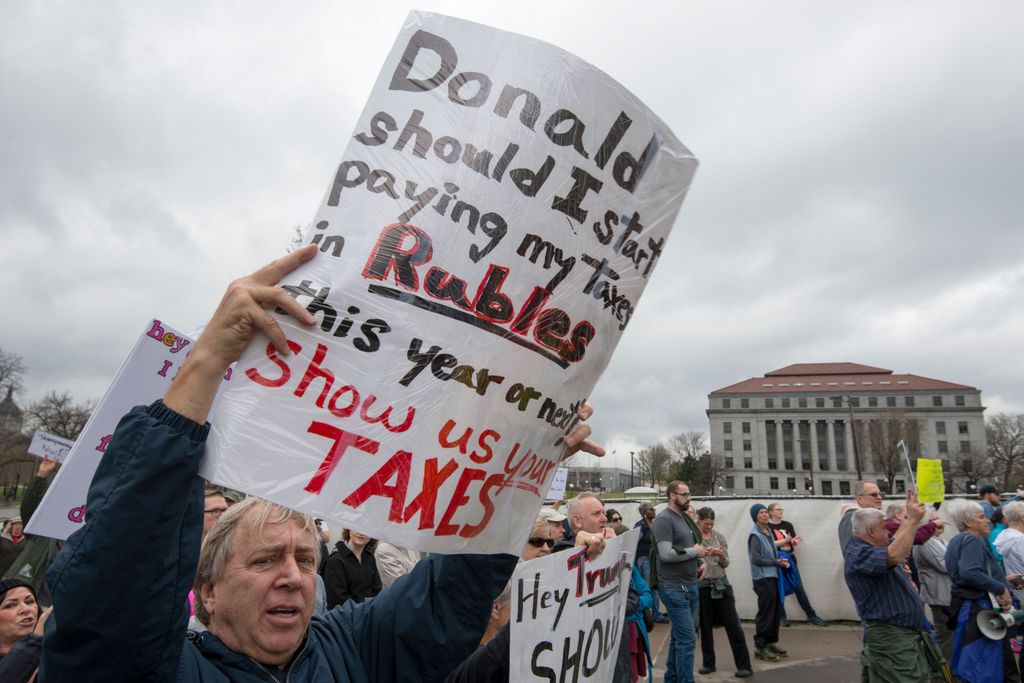
After an extensive legal battle, the U.S. Supreme Court allowed the release of his tax returns to the Manhattan district attorney for a criminal investigation in February 2021. In October 2016, portions of his 1995 state filings, leaked to *The New York Times*, revealed he declared a $916 million loss that year, potentially allowing him to avoid taxes for up to 18 years. Trump ultimately won the 2016 election with 306 pledged electoral votes, though the official count after elector defections was 304 to 227. He became the fifth president elected despite losing the popular vote, receiving nearly 2.9 million fewer votes than Hillary Clinton. Notably, he was the only president who had neither served in the military nor held any government office prior to his presidency.
Trump’s first presidency, from 2017 to 2021, began with an inauguration on January 20, 2017. The day after, an estimated 2.6 million people worldwide, including 500,000 in Washington, D.C., participated in the Women’s Marches to protest against him. During his first week, he signed six executive orders, initiating procedures to repeal the Affordable Care Act, withdrawing from the Trans-Pacific Partnership negotiations, advancing the Keystone XL and Dakota Access Pipeline projects, and planning for a U.S.–Mexico border wall.
Conflicts of interest proved a persistent issue. Before his inauguration, Trump moved his businesses into a revocable trust rather than a blind trust, leading to continued profits from his businesses and an awareness of how administration policies affected them. Despite pledging to eschew “new foreign deals,” the Trump Organization pursued expansions in Scotland, Dubai, and the Dominican Republic. Lobbyists, foreign government officials, and allies channeled hundreds of millions of dollars to his resorts and hotels, leading to lawsuits alleging violations of the Domestic and Foreign Emoluments Clauses of the U.S. Constitution—the first time these clauses were substantively litigated. While he pledged to donate his presidential salary and profits from foreign patronage, a 2024 report by Citizens for Responsibility and Ethics in Washington indicated he had donated only $448,000 of an estimated $13.6 million in foreign government payments during his first term.
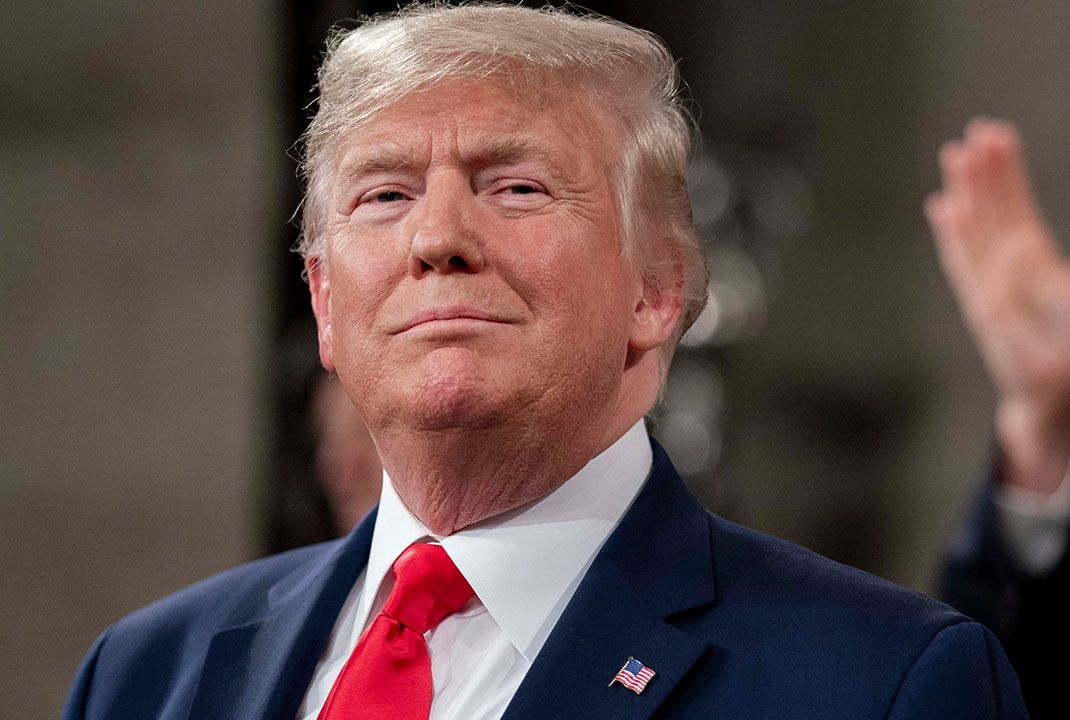
In domestic policy, Trump assumed office during the peak of the longest economic expansion in American history, which lasted until February 2020. In December 2017, he signed the Tax Cuts and Jobs Act, which reduced tax rates for businesses and individuals and eliminated the Affordable Care Act’s individual mandate penalty. Despite claims that it would not reduce government revenue, 2018 revenues were 7.6 percent lower than projected. Under his administration, the federal budget deficit increased by almost 50 percent, nearing $1 trillion in 2019, and the national debt rose by 39 percent, reaching $27.75 trillion, a post-World War II high. He also failed to deliver on his promised $1 trillion infrastructure spending plan and was the only modern U.S. president to leave office with a smaller workforce than when he took office, by three million people.
His administration significantly altered environmental policy. Trump rejects the scientific consensus on climate change, reducing the budget for renewable energy research by 40 percent and reversing Obama-era climate policies. He withdrew the U.S. from the Paris Agreement, making the U.S. the only nation not to ratify it, and aimed to boost fossil fuel production and exports. Over 100 federal environmental regulations were rolled back, including those curbing greenhouse gas emissions and pollution, weakening animal protections, and expanding areas for resource extraction, such as allowing drilling in the Arctic Refuge.
In healthcare, Trump vowed to repeal and replace the Affordable Care Act, scaling back its implementation through executive orders and expressing a desire to “let Obamacare fail.” His administration halved the enrollment period and drastically cut funding for enrollment promotion. In June 2018, the Trump administration joined Republican-led states in arguing before the Supreme Court that the elimination of financial penalties for the individual mandate rendered the Act unconstitutional, which would have eliminated health insurance for up to 23 million Americans; this effort was unsuccessful. While he promised to protect Medicare and other social safety-net programs during his 2016 campaign, he expressed willingness to consider cuts in January 2020. His administration increased funding for drug treatments in response to the opioid epidemic, but was criticized for lacking a concrete strategy.
On social issues, Trump barred organizations providing abortions or abortion referrals from federal funds and stated support for “traditional marriage,” though he considered the legality of same-sex marriage “settled.” His administration rolled back key Obama-era workplace protections for LGBTQ people, and his attempted rollback of anti-discrimination protections for transgender patients was halted by a federal judge. He consistently opposed gun control, though his views have shifted over time. His administration adopted an anti-marijuana stance, revoking Obama-era protections for states that legalized marijuana. A long-time advocate of capital punishment, his administration oversaw the execution of 13 federal prisoners, more than in the previous 56 years combined, ending a 17-year moratorium.
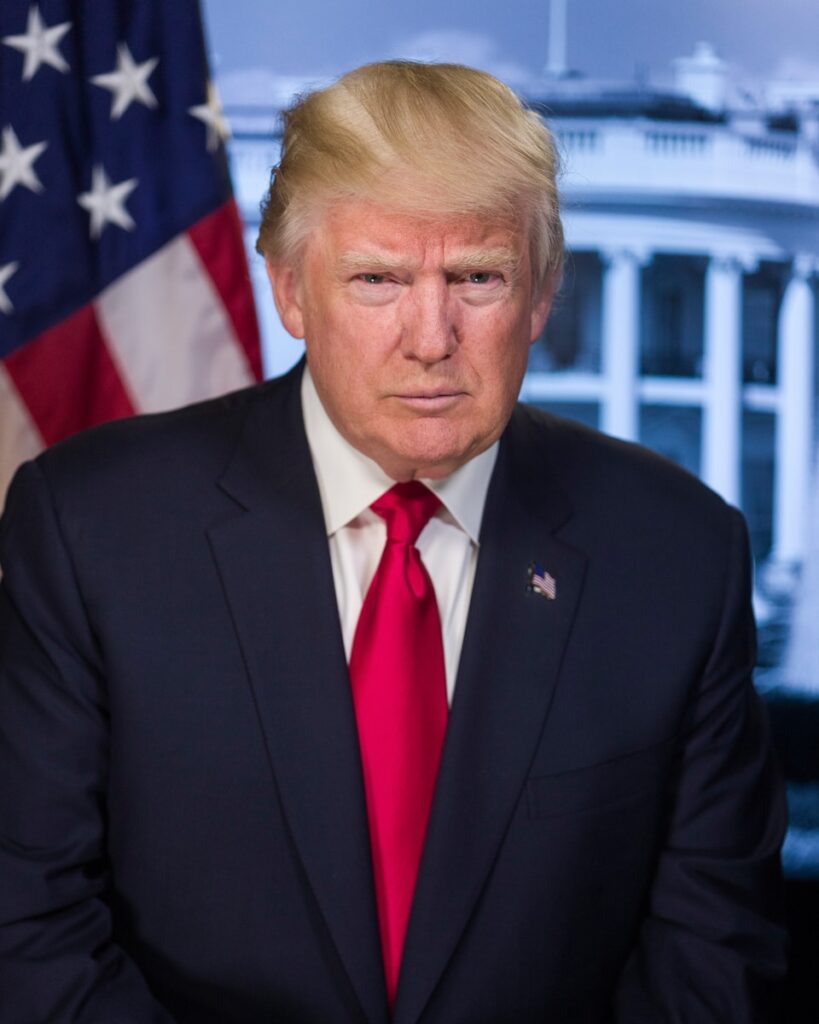
Race relations became a significant point of contention during his first term. His comments on the 2017 Unite the Right rally, condemning “this egregious display of hatred, bigotry and violence on many sides” and stating there were “very fine people on both sides,” drew criticism for implying a moral equivalence between white supremacists and counter-protesters. In a January 2018 discussion on immigration legislation, he reportedly referred to several nations as “shithole countries,” remarks condemned as racist. In July 2019, he tweeted that four Democratic congresswomen, all minorities and three native-born Americans, should “go back” to their countries, comments praised by white nationalist publications and condemned by the House of Representatives. In June 2020, during the George Floyd protests, federal law enforcement used crowd control tactics to clear largely peaceful protesters from Lafayette Square for a photo-op at St. John’s Episcopal Church, drawing widespread condemnation from religious leaders and retired military officials.
Trump faced two impeachment proceedings during his first term. In 2019, he was impeached for abuse of power and obstruction of Congress. In 2021, he was impeached for incitement of insurrection related to the January 6 Capitol attack. The Senate acquitted him both times. After losing the 2020 presidential election to Joe Biden, Trump attempted to overturn the result, culminating in the January 6 Capitol attack. Between his presidencies (2021–2025), he faced significant legal challenges, including being found liable in civil cases for sexual abuse and defamation, and for business fraud in 2023. In 2024, he was found guilty of falsifying business records, making him the first U.S. president convicted of a felony.
Following his victory against Kamala Harris in the 2024 presidential election, Trump began his second presidency (2025–present). He received a penalty-free discharge for his felony conviction, and two felony indictments against him—for retention of classified documents and obstruction of the 2020 election—were dismissed without prejudice. A racketeering case related to the 2020 election in Georgia remains pending. His second term began with immediate and dramatic actions, including mass layoffs of federal workers. He imposed tariffs on nearly all countries, notably large tariffs on China, Canada, and Mexico, and signed the One Big Beautiful Bill Act.

The actions of his second administration, including the intimidation of political opponents and civil society, deportations of immigrants, and extensive use of executive orders, have drawn over 300 lawsuits challenging their legality. High-profile cases have highlighted his broad interpretation of the unitary executive theory and led to significant conflicts with federal courts, with both Republican and Democratic judicial appointees finding numerous constitutional and statutory flaws in Trump administration policies.
Trump’s leadership style and political agenda, often referred to as “Trumpism,” have profoundly reshaped the Republican Party’s identity since 2015. Many of his comments and actions have been characterized as racist or misogynistic. He has been noted for making false and misleading statements and promoting conspiracy theories to a degree unprecedented in American politics. His actions, particularly in his second term, have been described as authoritarian and contributing to democratic backsliding. After his first term, scholars and historians ranked him as one of the worst presidents in American history.
Donald J. Trump’s journey—from a real estate mogul and media celebrity to a two-time President of the United States—represents a singular trajectory in American public life. His career is characterized by audacious business dealings, a pervasive media presence, and a political ascendancy that has defied conventional norms. He has consistently challenged established institutions, reshaped political discourse, and left an indelible mark on the nation’s legal and social fabric. The breadth of his influence and the controversies that have accompanied his every turn underscore his status as a figure of enduring study and debate in the annals of American history.


